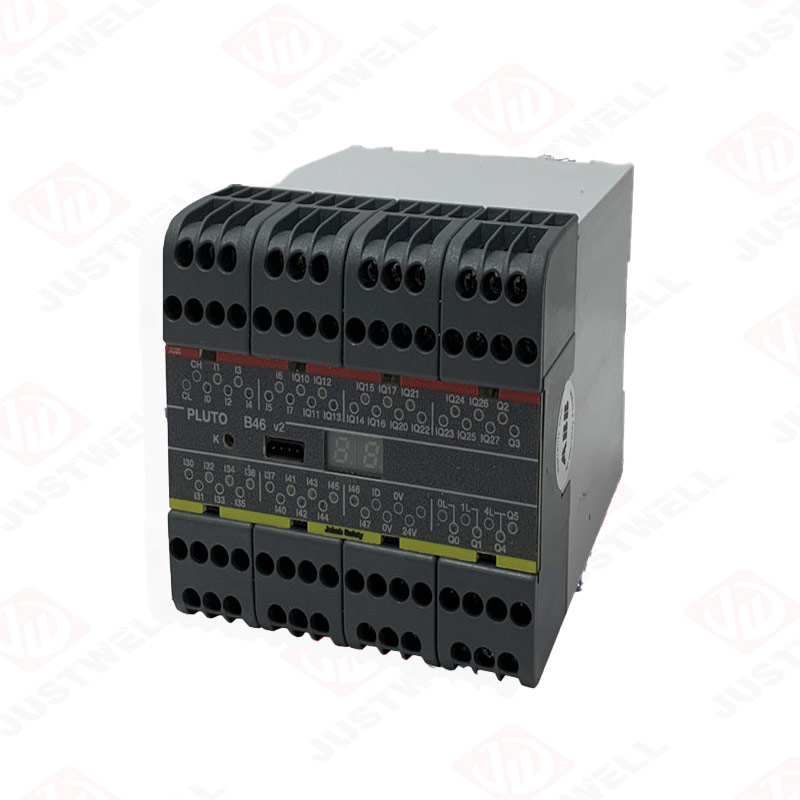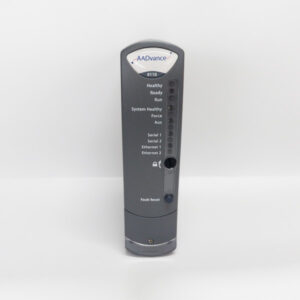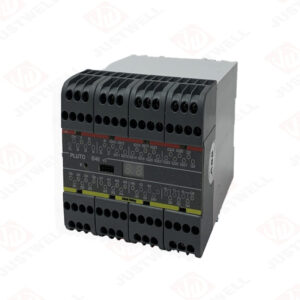Description
Quick Specs Recap (for the detail lovers)
- Model: PDP21-FBP
- Brand: ABB
- Function: PROFIBUS DP communication interface for S800 I/O
- Bus Speed: Up to 12 Mbps
- Power Supply: 24 VDC
- Isolation: Galvanic isolation between fieldbus and system
- Temperature Range: -25°C to +70°C
- Mounting: DIN rail
- Redundancy Support: Yes
- Compatibility: ABB AC 800M, S800 I/O system

PDP21-FEP ABB
PDP21-FBP ABB — A Field Engineer’s Take
I still remember the first time I came across the PDP21-FBP ABB module — it was in a pulp and paper mill down in Johor, Malaysia. The plant had been struggling with intermittent Profibus DP communication losses, and after we swapped in this little beauty, the line’s downtime practically vanished overnight. I’ve worked with a lot of ABB fieldbus components, but this one left a mark for its sheer reliability under noisy environments.
Now, the PDP21-FBP isn’t a fancy brain module or CPU — it’s more like that unsung workhorse quietly making sure your devices keep talking. It’s part of ABB’s S800 I/O system, designed for integration with fieldbus communication via PROFIBUS DP. What I really liked is that it supports redundant communication, so even if one link fails, you don’t lose control. Rated for 24 VDC supply and capable of handling up to 12 Mbps on the bus, it’s built for industrial chaos. The ambient temperature tolerance — from -25°C to +70°C — means it doesn’t flinch in hot switchgear rooms.
A Troubleshooting Story
Let me tell you — this module saved us one long night in 2018. We had a chemical blending unit where the I/O signals kept dropping. The maintenance team blamed the PLC, but I had a hunch it was a bad Profibus interface. Swapped in a PDP21-FBP ABB, and the problem disappeared like it never existed. The issue turned out to be EMI from a nearby variable frequency drive — the PDP21’s built-in galvanic isolation between system and fieldbus made all the difference. That’s when I realized: not all Profibus couplers are created equal.
Industry Use Cases
I’ve seen the PDP21-FBP in power plants, wastewater facilities, even offshore rigs — anywhere that Profibus still rules the field layer. ABB gear tends to find its way into hybrid DCS/PLC environments, and this module bridges those worlds perfectly. When you’ve got a DCS like ABB AC 800M talking to field I/O through Profibus, this interface just hums along. It doesn’t demand attention, doesn’t get hot, and rarely — if ever — fails under 24/7 conditions.
Maintenance and Longevity
Maintenance-wise, this is one of those “install and forget” modules. The connectors are solid; the LED indicators actually make sense (unlike some other brands where you need a manual to decode them). Once in a while, I’ll give the Profibus connectors a quick re-seat during shutdowns, but honestly, I’ve seen these run over 10 years without any signal degradation. Just make sure your grounding and shielding are tight — ABB modules are tough, but noise immunity always starts with proper installation discipline.
Cost and Value Thoughts
If you’re comparing PDP21-FBP ABB to cheaper Profibus gateways out there, yes — it costs more upfront. But here’s the truth from someone who’s been called in after cheaper parts failed: it’s cheaper to buy once. ABB doesn’t sell flashy marketing; they sell uptime. When your process line runs 24/7 and a single communication fault means a thousand dollars per minute in losses, this little grey box pays for itself a hundred times over.
I’ve worked with hundreds of automation components, and the ABB PDP21-FBP earns its keep. It’s like the quiet old technician in the corner — doesn’t brag, doesn’t break, just does its job. Every plant that still runs Profibus should have a couple of these on the shelf.
If you ever find yourself chasing ghost signals or communication dropouts in an ABB-based system — try this module. It’s saved my bacon more than once.









